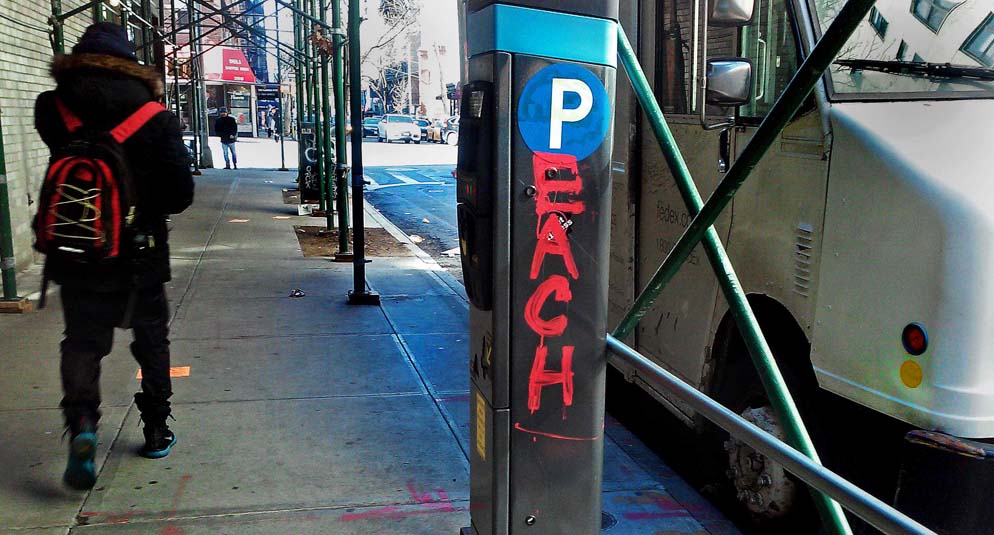
245. NEW YORK ON FOOT.
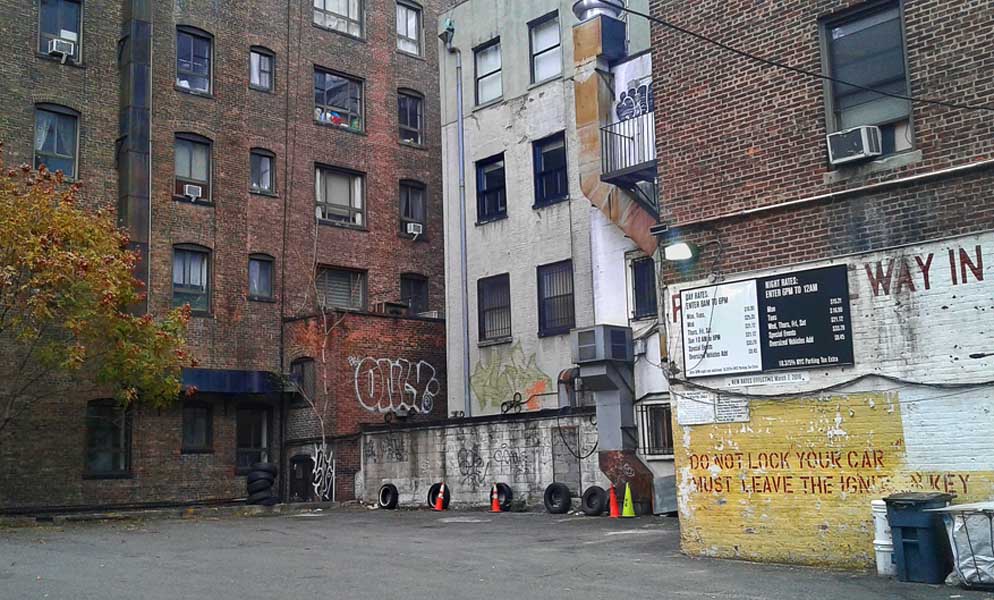
244. NEW YORK ON FOOT. Hell’s Kitchen.
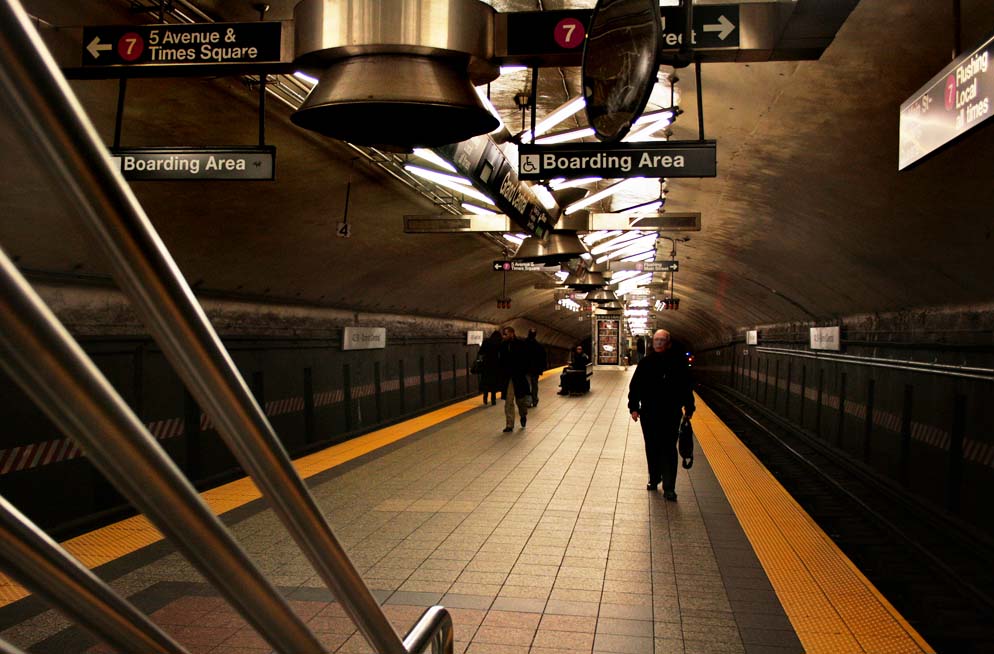
243. NEW YORK ON FOOT. 7 train at Grand Central. The most unique NYC subway station? The best thing about the 7 is that it goes above ground as soon as it hits Queens.
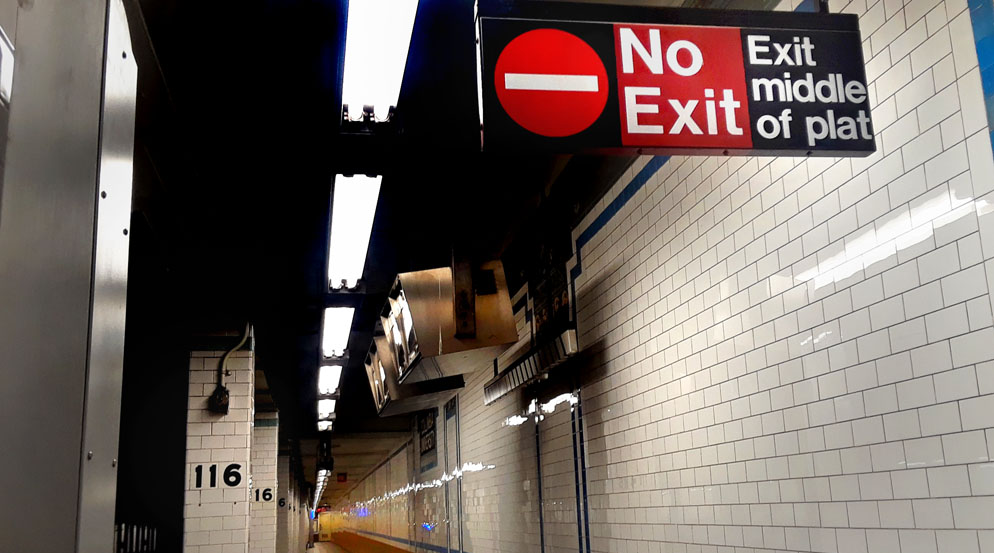
242. NEW YORK ON FOOT. The 7th ave local on the IRT. “The Interborough Rapid Transit Company was the private operator of the original underground New York City Subway line that opened in 1904. The IRT was purchased by the city in June 1940.
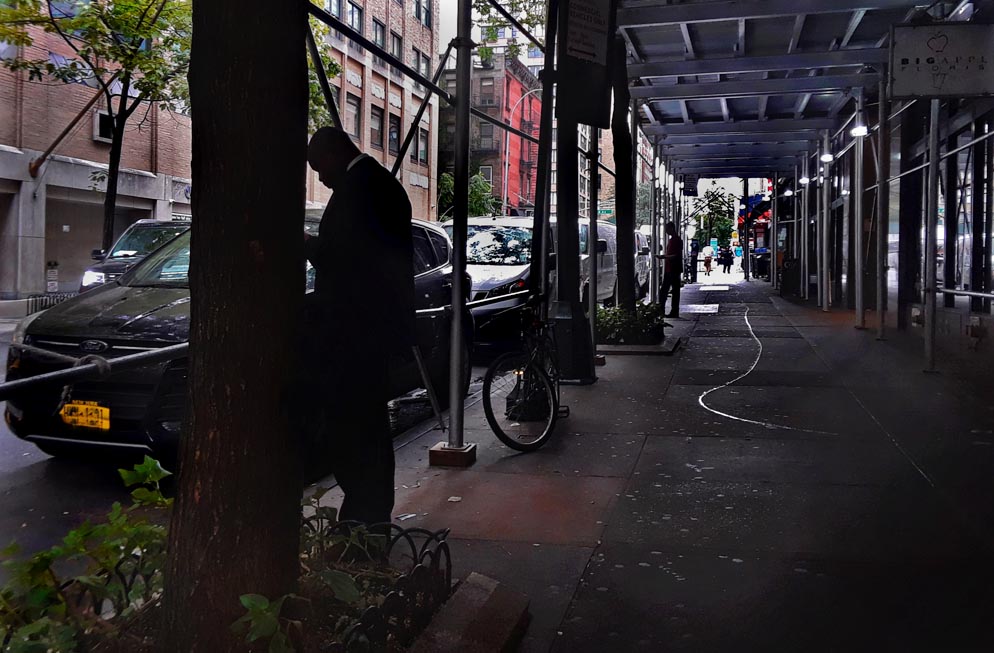
241. NEW YORK ON FOOT. Turtle Bay, the most inaptly named New York neighborhood.
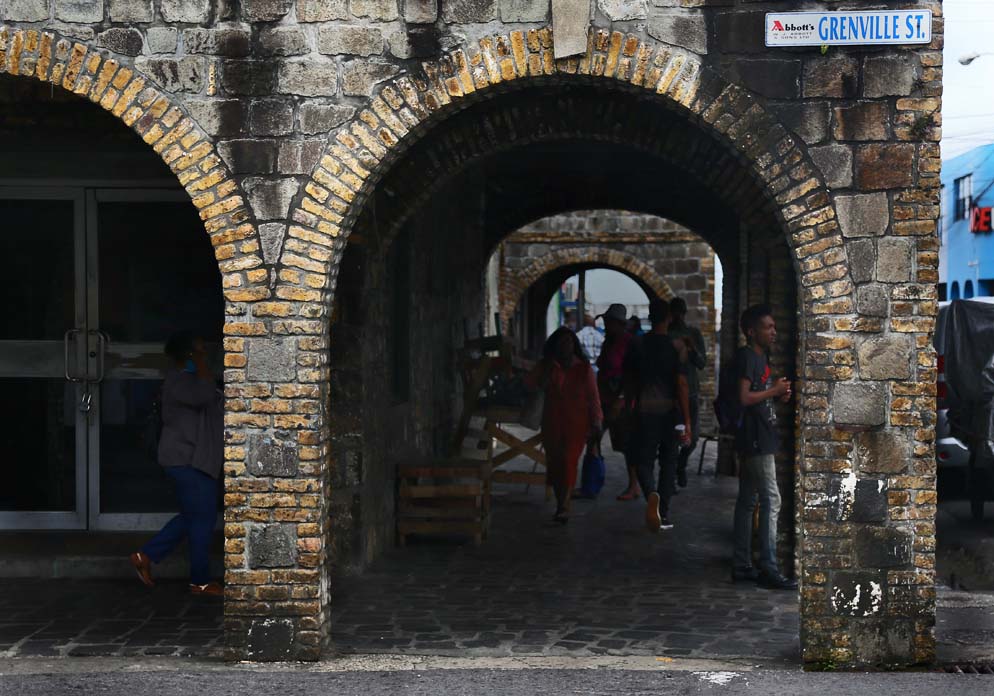
240. PASSAGES. Saint Vincent and the Grenadines. Kingstown, the capital. Founded in 1722; population 16,500.
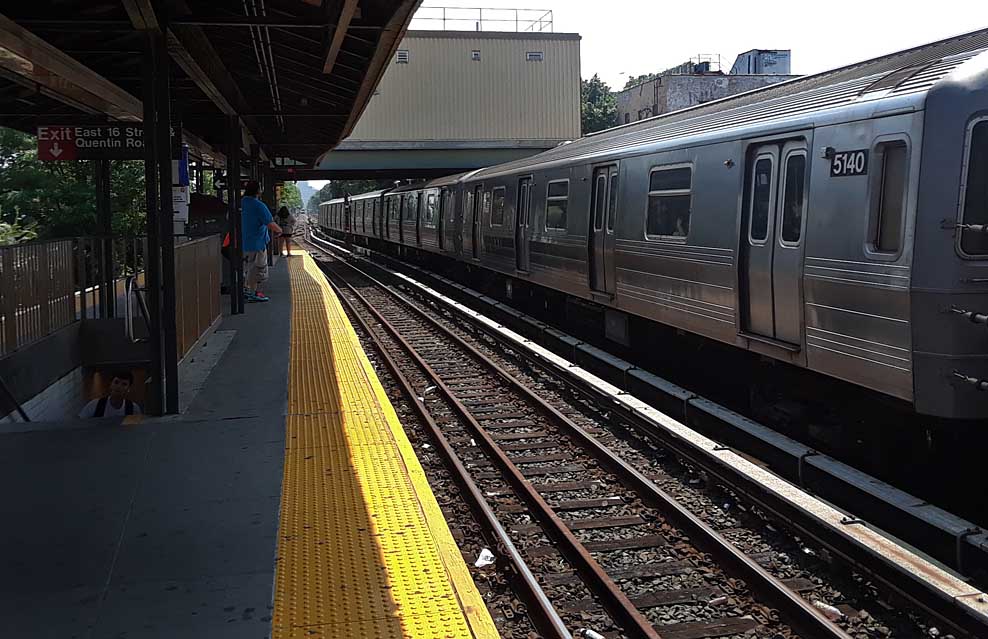
239. NEW YORK ON FOOT. Kings Highway station on the B train; south Brooklyn is a world all its own. The first thing a Midtowner notices is the ocean air. It has oxygen in it.
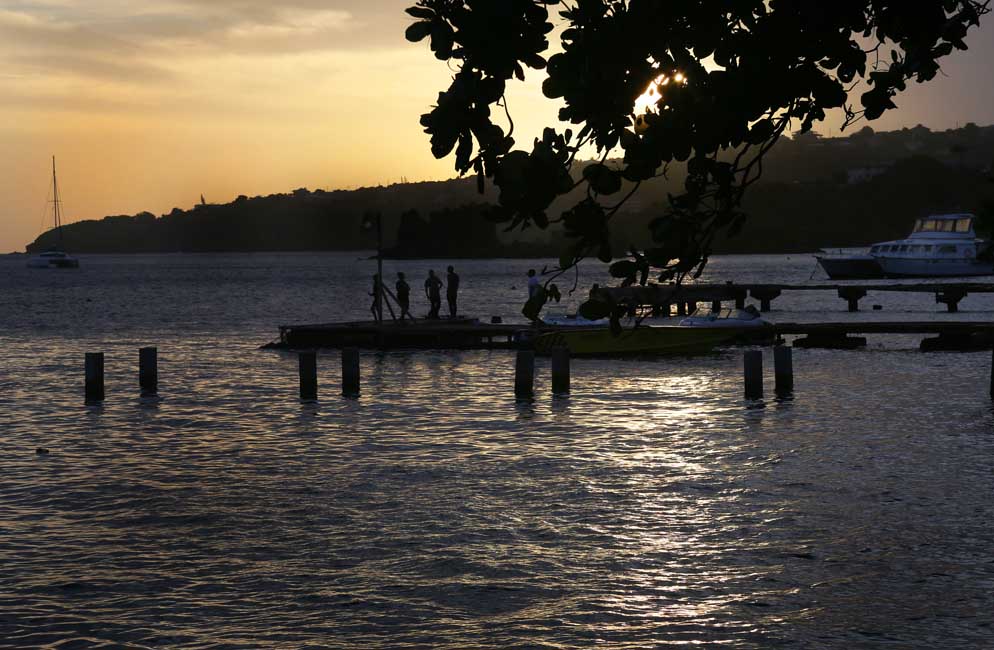
238. PASSAGES. Saint Vincent and the Grenadines.
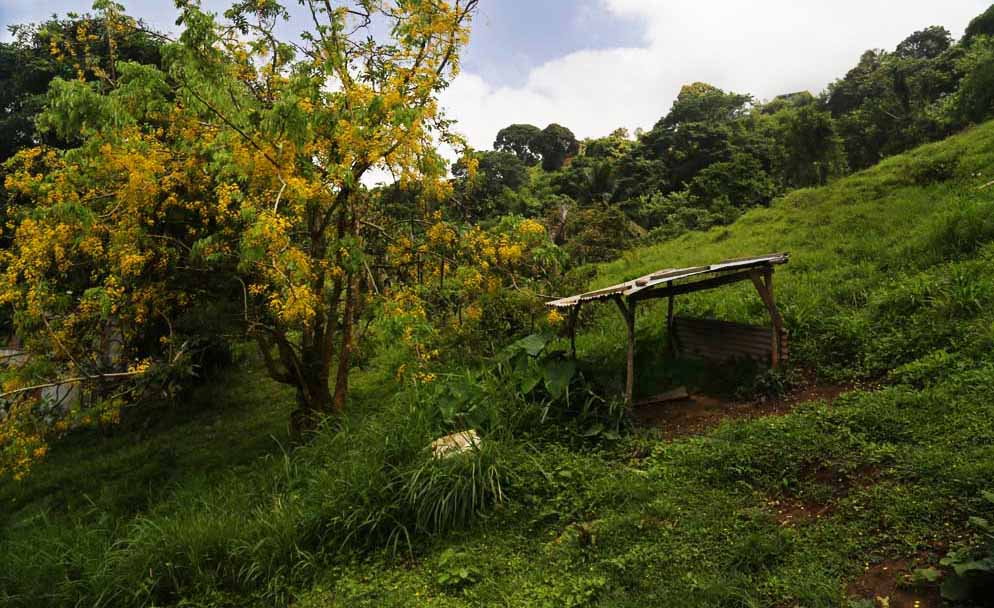 237. PASSAGES. Saint Vincent and the Grenadines. Who knew there were such things as goat sheds? If the flora on this mountainside doesn’t show the fecundity of the soil here, tasting the produce definitely does. Modest lodgings aside, Vincentian goats do not go hungry.
237. PASSAGES. Saint Vincent and the Grenadines. Who knew there were such things as goat sheds? If the flora on this mountainside doesn’t show the fecundity of the soil here, tasting the produce definitely does. Modest lodgings aside, Vincentian goats do not go hungry.
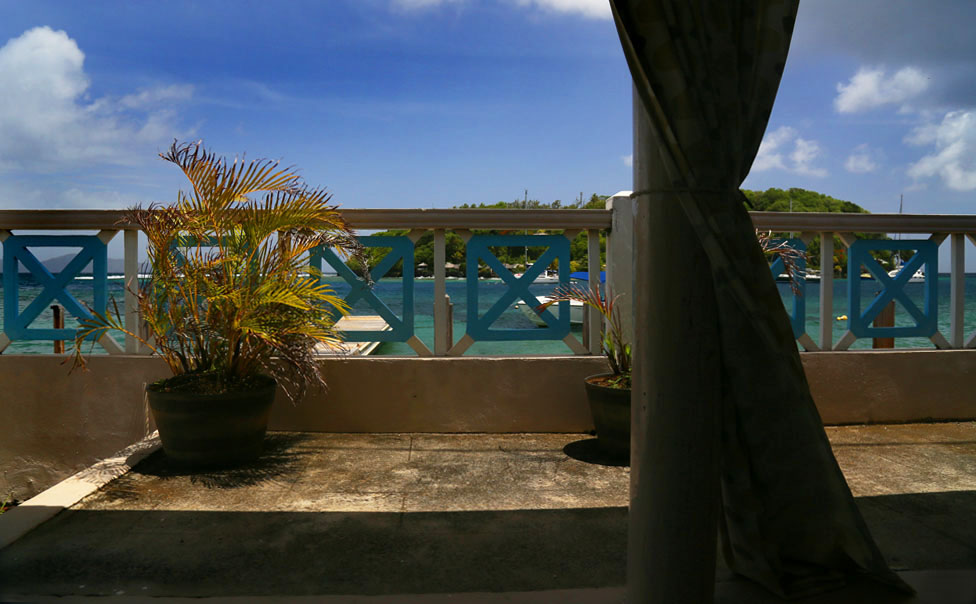 236. PASSAGES. Saint Vincent and the Grenadines.
236. PASSAGES. Saint Vincent and the Grenadines.
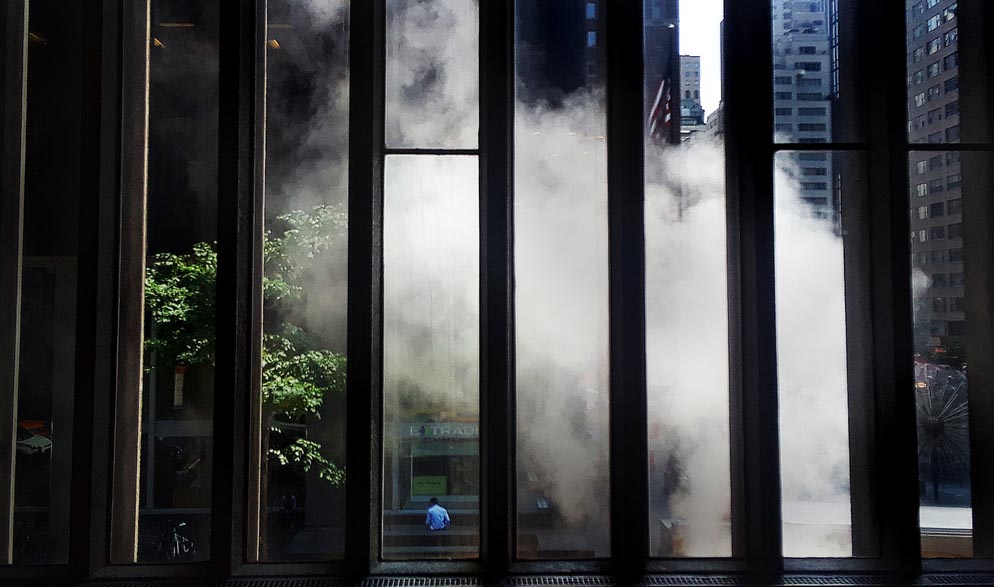
235. NEW YORK ON FOOT. Avenue of the Americas.
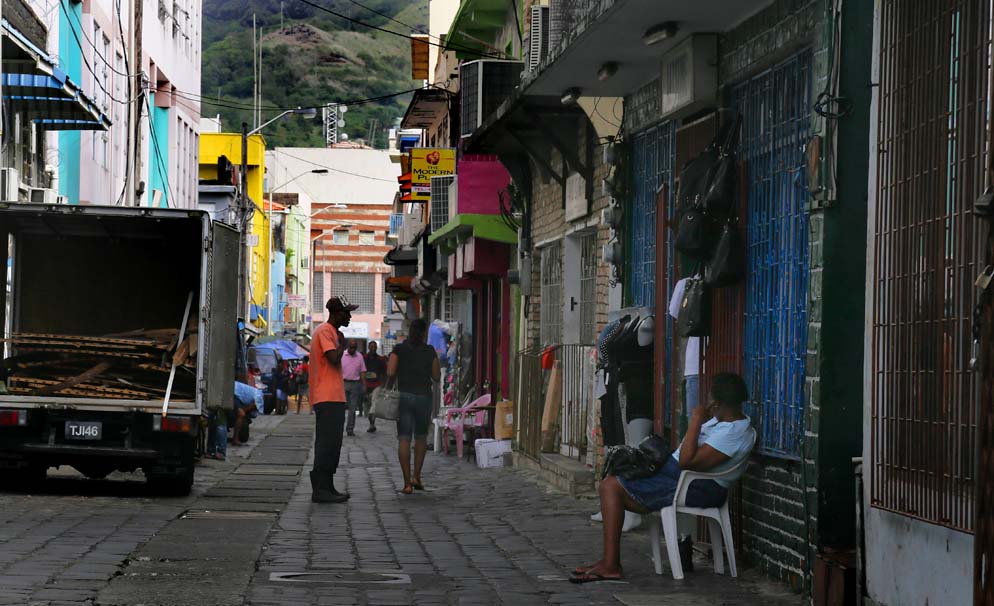
234. PASSAGES. Saint Vincent and the Grenadines. Kingstown, the capital. A cramped and restless port that has had goods coming and going since 1722. The Wiki description of its geography is humourosly terse: “the town is surrounded by steep hills.”
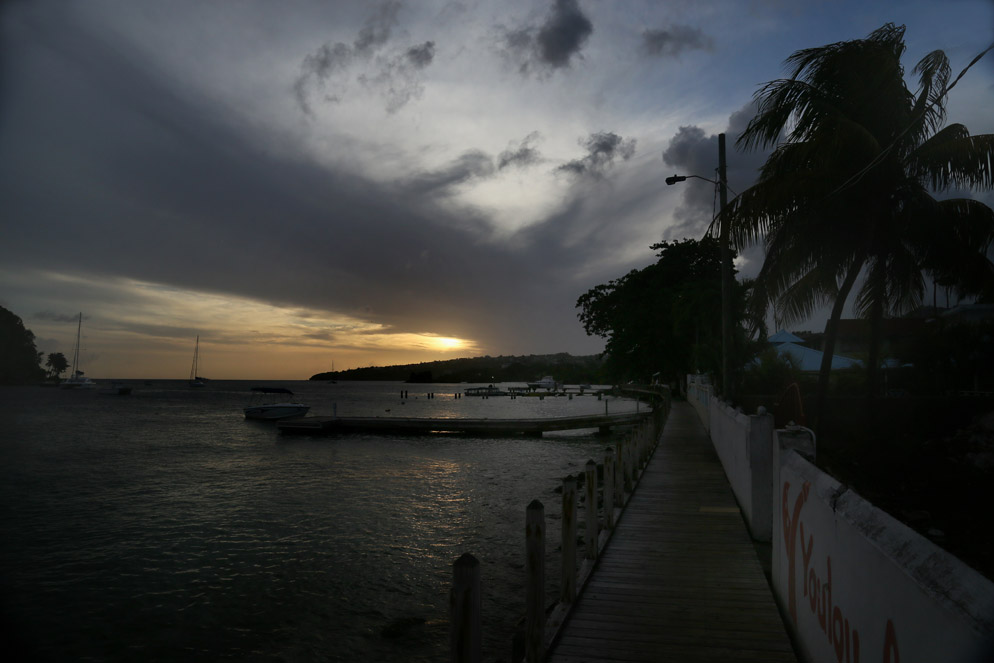
233. PASSAGES. Saint Vincent and the Grenadines. That Caribbean sky…
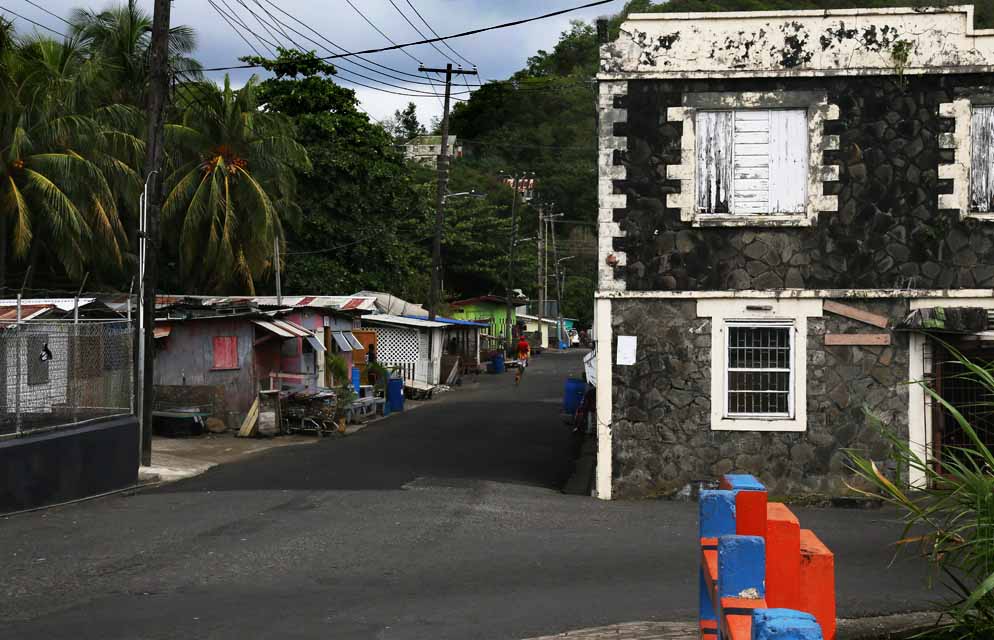
232. PASSAGES. Saint Vincent and the Grenadines. Kingstown. Why is it that shoreline cultures are more given to bright colors?
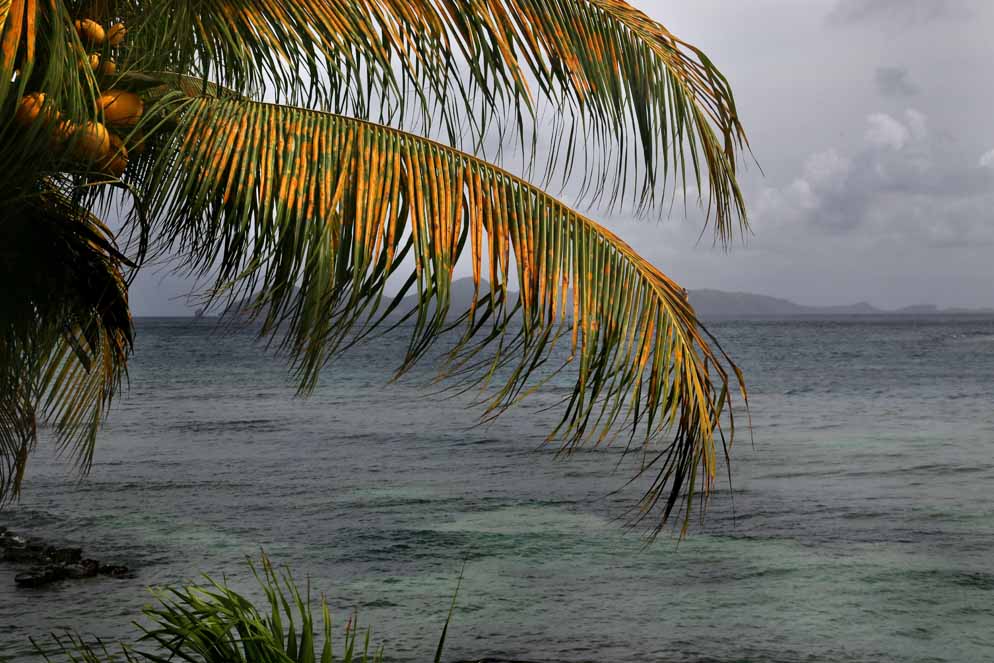
231. PASSAGES. Saint Vincent and the Granadines. I can stare for hours at large bodies of water–how they move, how sunlight plays on them at different times of day. I am not alone in this, and have often wondered about this universal human attraction. I finally understood it while reading Genesis: “And the earth was without form, and the Spirit of God moved upon the face of the waters.”
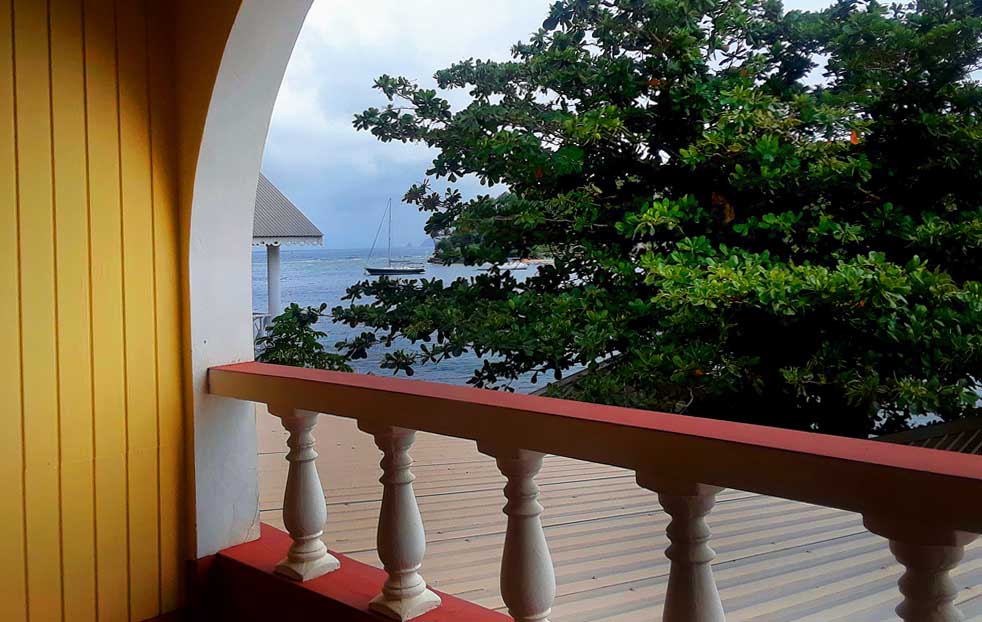
230. PASSAGES. Saint Vincent and the Granadines. I have a good camera (more importantly some great glass), so I’m always shocked by the quality of images taken on a $199 cell phone.
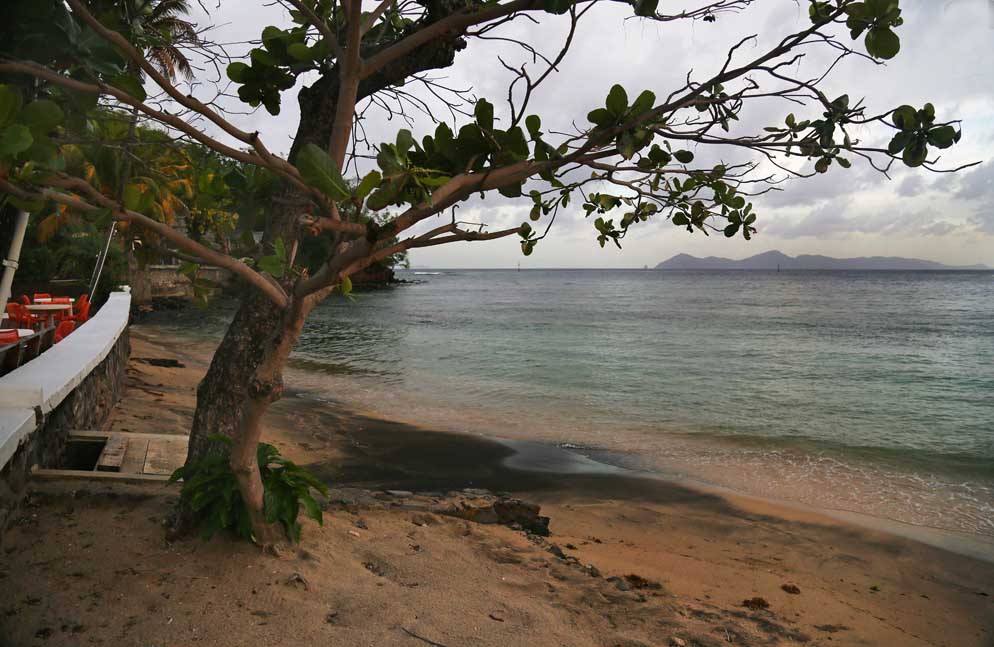
229. PASSAGES. Saint Vincent and the Grenadines.
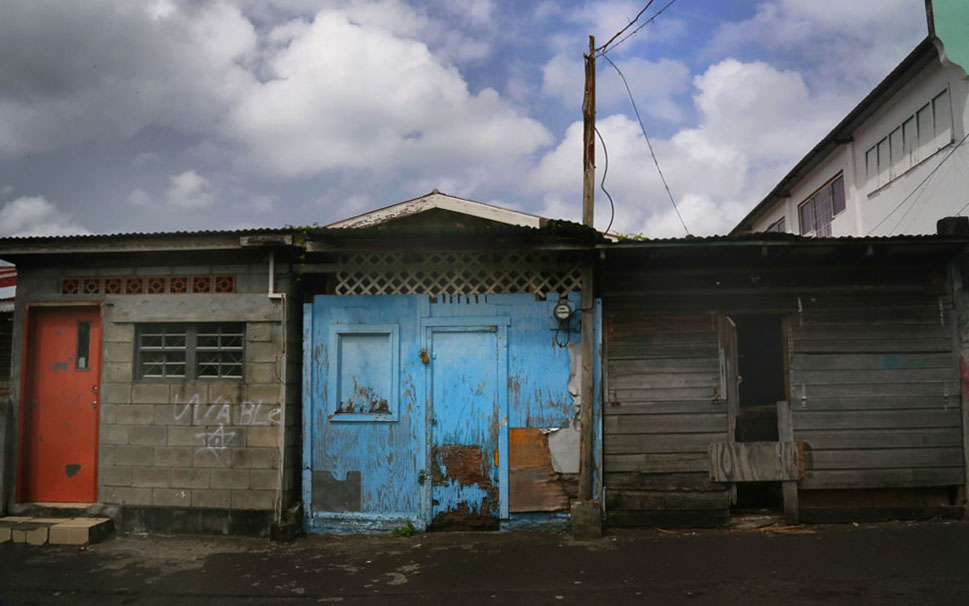
228. PASSAGES. Saint Vincent and the Grenadines. Kingstown. Port towns are always interesting due to their naturally occurring cosmopolitanism and commerce. Kingstown was established in its modern form by Frenchmen in 1722, but had 196 years of British Empire rule. The Botanical Garden is one of the oldest in the Western Hemisphere (1765), but you will pay to see it in the tropical humidity and heat because it is a climb. Everything is a climb here–the shoreline is flat for a hundred feet and then its uphill.
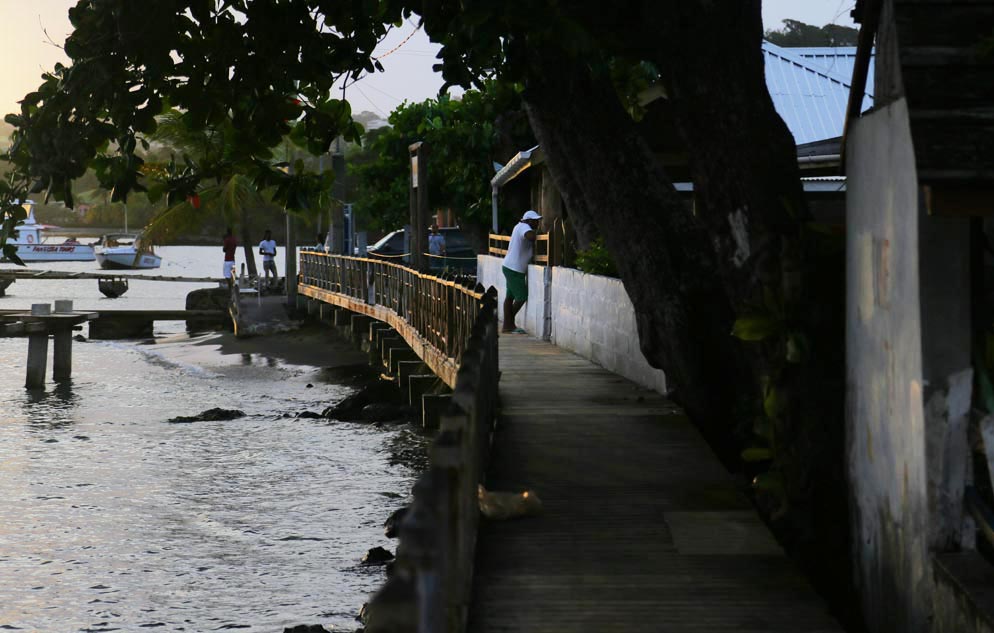
227. PASSAGES. Saint Vincent and the Grenadines. A lifetime of travel develops certain opinions on how quality of life is defined. “Paradise” is a tropical island, and Saint Vincent qualifies. But its the things that don’t make it onto the postcards–quality of food for example. I noticed immediately the richness of the soil, which is not necessarily common on volcanic islands. All the fruits and vegetables are grown on the island–nothing is imported. The fish you eat was pulled from the sea a few hours ago; the vegetables and fruits were grown a few miles away. A person I met who splits her time between Saint Vincent and the USA said that “I eat the same things in the same amounts in both places, but when I come to Saint Vincent I immediately lose fifteen pounds off that clean food.”
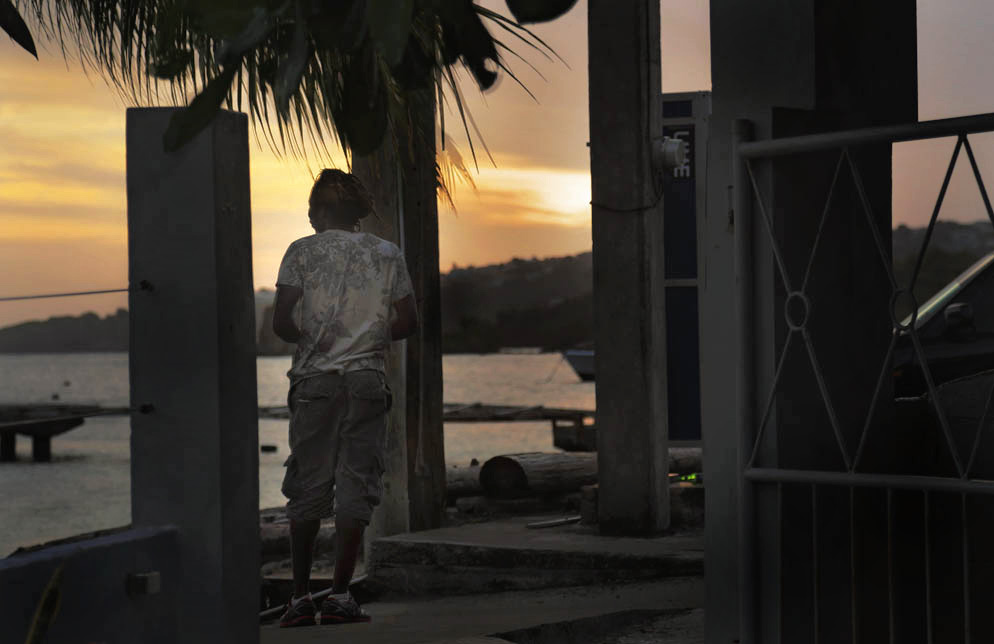
226. PASSAGES. Saint Vincent and the Grenadines. Wiki: “Saint Vincent and the Grenadines is a sovereign state in the Lesser Antilles island arc, in the southern portion of the Windward Islands, which lies in the West Indies at the southern end of the eastern border of the Caribbean Sea where the latter meets the Atlantic Ocean.” In other words, a small island off the north coast of South America.